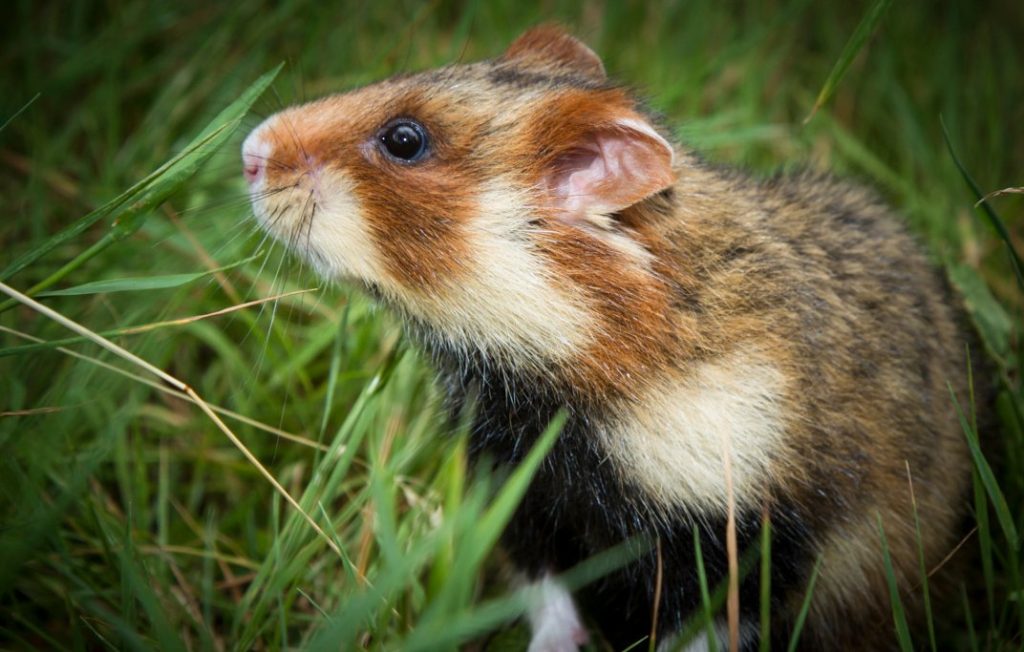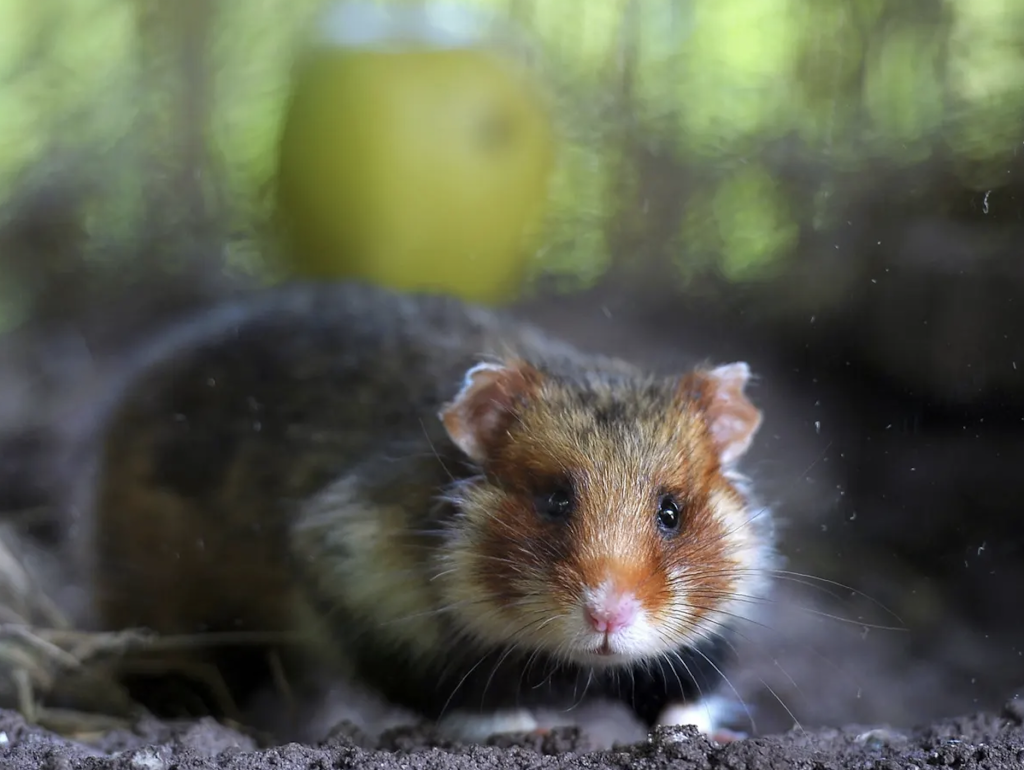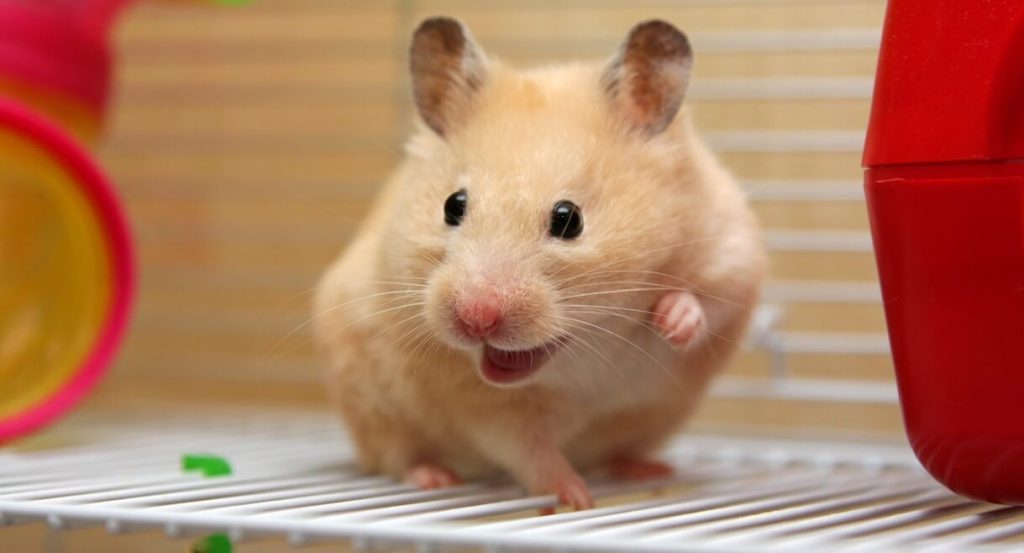The family Rodentia is the largest order of mammals, comprising around 40% of all mammal species. There are over 2,200 species of rodents, including mice, rats, squirrels, beavers, porcupines, and many others. These small mammals are found in every continent except Antarctica and inhabit a wide range of environments, from dense forests to arid deserts. In this essay, we will explore the history and evolution of family rodents, from their origins to their present-day diversity.

The earliest known fossil evidence of rodents comes from the Late Paleocene epoch, around 60 million years ago. These ancient rodents were small, shrew-like creatures with primitive teeth and jaws. Over the course of millions of years, rodents diversified and evolved into a wide range of forms, adapting to different habitats and ecological niches. Some rodents became burrowers, others climbers, and still, others developed specialized teeth and jaws for cracking open nuts and seeds.
One of the key factors in the success of rodents is their reproductive strategy. Unlike many other mammals, rodents are able to reproduce rapidly and in large numbers. Many species have short gestation periods and can produce multiple litters per year, allowing them to quickly colonize new habitats and outcompete other animals. In addition, rodents have evolved a wide range of physical adaptations that have helped them survive and thrive in diverse environments.
One of the earliest and most successful groups of rodents is the Sciuridae, or squirrels. Squirrels have been around for at least 40 million years and have evolved into a diverse array of species, from tiny tree-dwelling chipmunks to ground-dwelling marmots and prairie dogs. Squirrels are found on every continent except Australia and Antarctica and play important roles in many ecosystems, from seed dispersal to providing food for predators.

Another successful group of rodents is the Muridae, or mice and rats. This family includes over 1,300 species, making it the largest family of mammals. Murids are found in almost every habitat on Earth and are major carriers of diseases that affect humans, such as the bubonic plague, hantavirus, and Lassa fever. Despite their negative reputation, murids have also played important roles in human history, from serving as laboratory animals for medical research to being used as pets and sources of food.
Beavers, porcupines, and capybaras are some of the other well-known groups of rodents. Beavers are famous for their ability to build dams and shape the landscape, while porcupines are known for their quills and defensive behavior. Capybaras, the largest rodents in the world, are found in South America and play important roles in many South American cultures and ecosystems.
In addition to their diverse physical adaptations, rodents have also evolved unique social behaviors and communication systems. Many rodents are highly social and live in complex communities, with individuals forming hierarchies and engaging in cooperative behavior. Rodents use a wide range of vocalizations, body postures, and chemical signals to communicate with each other, allowing them to coordinate their behavior and avoid predators.
Despite their success and diversity, rodents also face many challenges, both natural and human-caused. Habitat destruction, climate change, and disease outbreaks all pose significant threats to rodent populations around the world. In addition, many rodents are considered pests and are subject to widespread control efforts, including trapping, poisoning, and habitat modification.

In conclusion, the history and evolution of family rodents is a fascinating and complex topic that spans millions of years and covers a wide range of adaptations and behaviors. From tiny shrew-like creatures to diverse and successful groups such as squirrels, mice, and beavers, rodents have adapted to a wide range of environments and challenges. As we continue to study and learn about these fascinating animals, we can gain a greater appreciation for their role in ecosystems and human history and work to protect and conserve them for future generations.